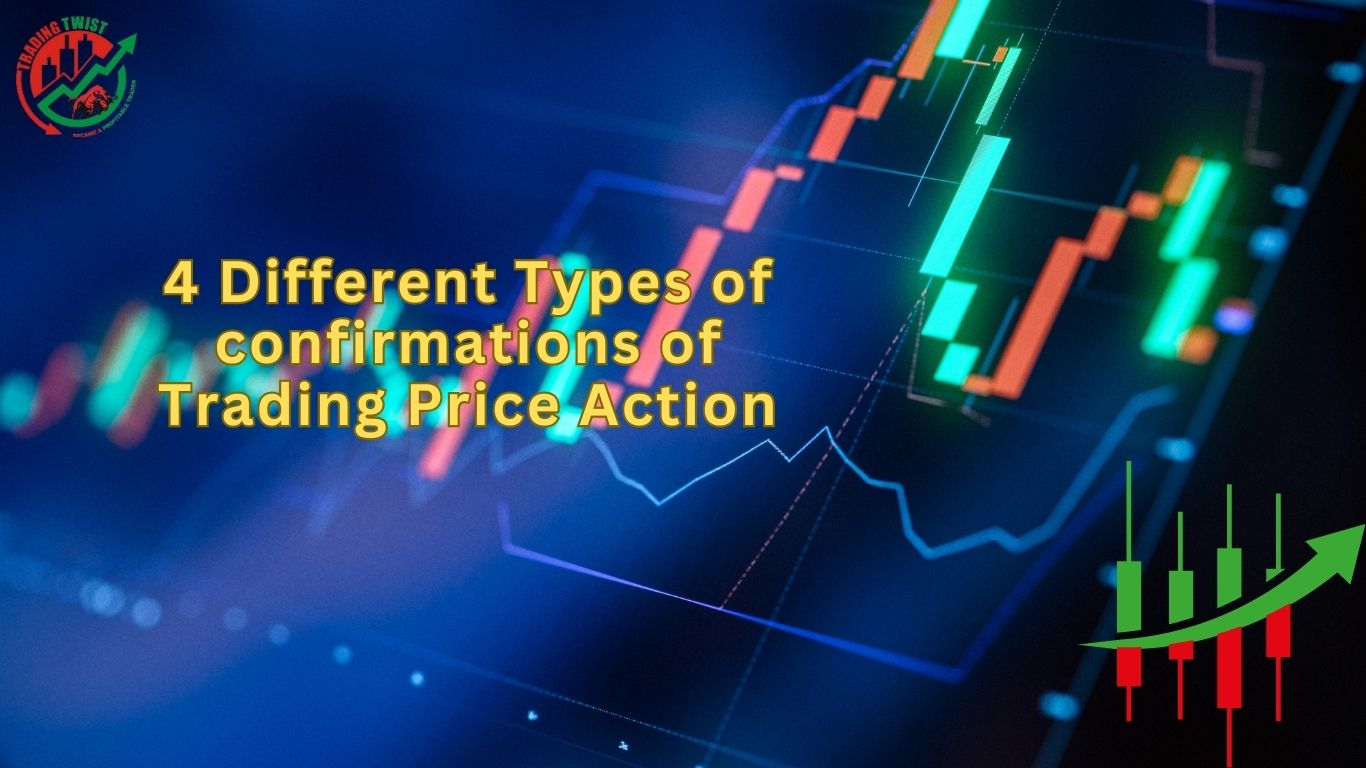
Confirmations are a fundamental part of technical analysis in forex trading. Different types of confirmations can be used to analyze price action, including candlestick patterns, technical indicators, price action chart patterns, and volume analysis. Traders use confirmations to validate market trends and signals generated by technical indicators, thus reducing the likelihood of false signals and making more informed trading decisions.
Candlestick patterns are a popular form of confirmation used by traders to validate market trends. By analyzing candlestick patterns, traders can identify bullish or bearish sentiments in the market and use this information to make informed trading decisions. Technical indicators are another commonly used form of confirmation, and traders can use them to confirm or deny signals generated by other technical indicators or price action chart patterns.
Confirmation through Candlestick Patterns
Candlestick patterns are an essential tool for traders to confirm price action trends, and they can help identify potential trading opportunities. There are several common candlestick patterns that traders use to analyze price action, including the hammer, engulfing pattern, and doji. The hammer pattern, for instance, is a bullish reversal pattern that signals a potential trend reversal from bearish to bullish. The pattern is formed when a candlestick’s price opens at a lower level, drops during the trading session, but then recovers and closes near the opening price.
Similarly, the engulfing pattern is another popular candlestick pattern that traders use to confirm trend changes. It occurs when a smaller candlestick is followed by a larger candlestick that “engulfs” the previous candle’s body. If the engulfing candle is bullish, it signals a potential reversal from a bearish trend to a bullish trend and vice versa.
Confirmation through Technical Indicators
Technical indicators are widely used by traders to confirm price action and generate trading signals. They are based on mathematical calculations that use price data to determine trends and potential market movements. Technical indicators are often displayed as overlays on price charts and can help traders make informed trading decisions.
One popular technical indicator used for confirming price action is the Moving Average (MA). This indicator is calculated by averaging a specified number of past prices and is used to identify the direction of the trend. Traders may use the MA to determine entry and exit points. Such as buying when the price crosses above the MA or selling when the price falls below it.
Another commonly used technical indicator is the Relative Strength Index (RSI). Which is used to measure the strength of price movements. The RSI compares the average gains and losses of an asset over a specified period of time and provides a reading between 0 and 100. Traders typically look for overbought or oversold conditions when the RSI reaches certain levels. Such as above 70 or below 30, to confirm price action and identify potential trading opportunities.
Confirmation through Price Action Chart Patterns
Price action chart patterns are another way to confirm price movements. These patterns are formed by the price movement of an asset. And traders can use them to identify trends and predict future price movements. Some common price action chart patterns include head and shoulders, double tops, and triangles. By using these patterns to confirm price action, traders can make more informed trading decisions.
Confirmation through Volume Analysis
Volume analysis is a way to confirm price trends by analyzing the amount of trading activity in the market. High volume is typically an indication of a strong trend, while low volume suggests that the trend may be weak. By using volume analysis to confirm price action, traders can make better trading decisions and minimize their risk.
Combining Different Types of Confirmations for More Accurate Trading Decisions
Traders can increase their accuracy by combining different types of confirmations. For example, if a candlestick pattern indicates a bullish trend, and a technical indicator confirms this trend. The trader can make a more confident trading decision. By combining different types of confirmations, traders can minimize their risk and increase their chances of success.
Conclusion
Importance of Confirmations in Trading Price Action
It is important for traders to understand that relying solely on one type of confirmation may not be sufficient for making profitable trades. Rather, incorporating multiple types of confirmations can help traders develop a comprehensive understanding of the market and identify potential opportunities with greater accuracy.
Furthermore, it is important for traders to practice patience and discipline when waiting for confirmations. Rushing into a trade without adequate confirmation can lead to poor decision-making and losses. Traders should also be aware of the limitations of each type of confirmation and the potential for false signals.
In summary, confirmations play a critical role in trading price action, and traders should prioritize the use of multiple types of confirmations to make informed decisions. By doing so, traders can increase their chances of success and minimize risk in the volatile world of forex trading.








